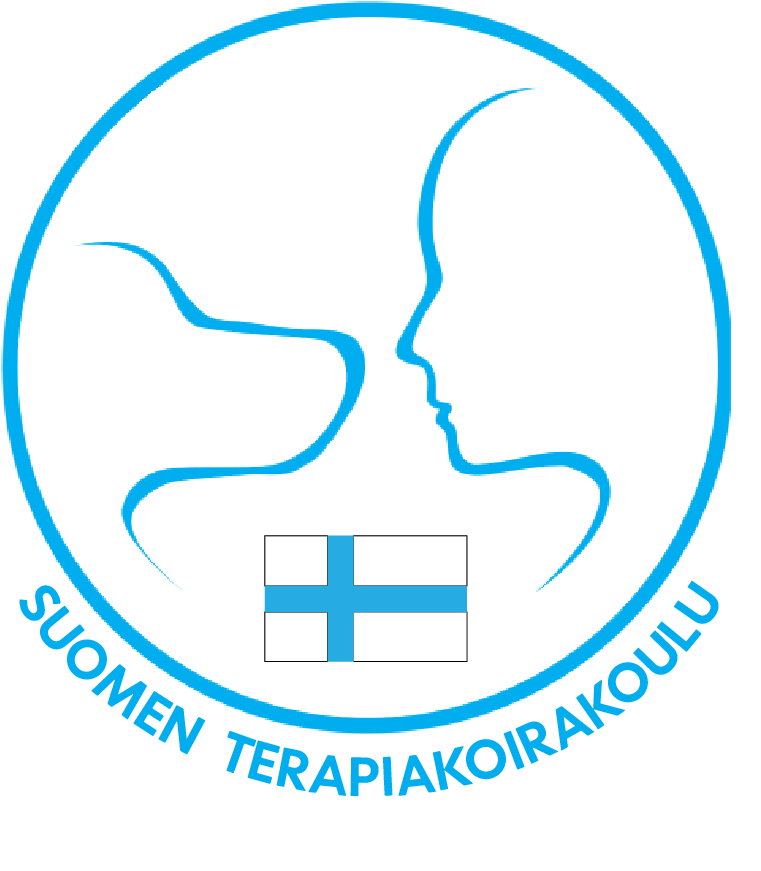The Taft-Katsura Agreement: A Brief History
The Taft-Katsura Agreement is a significant event in the history of U.S-Japanese relations. The agreement, signed in 1905 between the United States and Japan, marked a pivotal moment in the relationship between the two countries.
The agreement was reached during a period of heightened tension between the United States and Japan. Japan had recently emerged as a major world power, challenging the hegemony of traditional Western powers such as the United States and Europe. The Russo-Japanese War of 1904-1905 had just ended, with Japan emerging as the victor. The United States, which had been keeping a watchful eye on the conflict, was concerned about the rise of Japanese power and influence in the region.
The Taft-Katsura Agreement was signed on July 29, 1905, by U.S. Secretary of War William Howard Taft and Japanese Prime Minister Count Katsura Taro. The agreement had two main components: the first was a recognition of Japan`s dominance in Korea, and the second was an acknowledgement of the United States` special interests in the Philippines.
The agreement effectively gave Japan a free hand in Korea, which was then a contested region between Japan and China. In exchange, the United States was granted recognition of its special interests in the Philippines, which had been acquired as part of the Spanish-American War in 1898.
The Taft-Katsura Agreement was controversial at the time, particularly in the United States. Critics argued that the agreement effectively allowed Japan to extend its influence in Asia at the expense of the United States. Some also saw it as a betrayal of the United States` commitment to the Open Door Policy, which sought to ensure that all foreign nations had equal trading rights in China.
Despite the controversy, the Taft-Katsura Agreement remained in effect until 1921, when it was superseded by the Washington Naval Treaty. While it is often overlooked in the broader history of U.S-Japanese relations, the Taft-Katsura Agreement remains an important moment in the history of the two countries, and a reflection of the tensions and challenges that characterized their relationship in the early 20th century.
In conclusion, the Taft-Katsura Agreement was a defining moment in the history of U.S-Japanese relations. It marked a critical juncture in the relationship between two global powers, and shaped the course of their interactions in the following decades. While the agreement may have been controversial at the time, it remains a crucial part of the history of the United States and Japan, and a reminder of the complex and dynamic nature of international relations.
